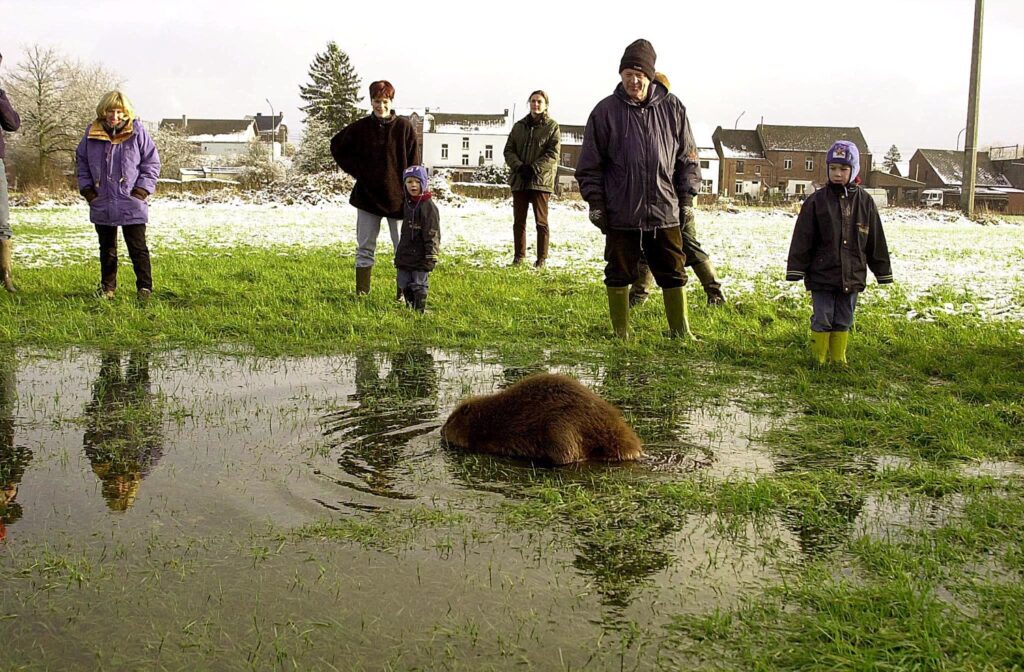Wallonia’s beaver population is rising steadily, and is now thought to number over 3,500, according to estimates provided to Belga News Agency by Benoît Manet of the region’s Department of Natural and Agricultural Environment Studies, DEMNA.
These rodents disappeared from Belgium in the mid-19th century due to hunting and the expansion of human habitat. However, they made a noticeable comeback along waterways from the early 90s, mostly in the south of the country.
Experts attribute this reappearance to reintroductions initiated in Germany’s Eifel region, coupled with illicit reintroductions done locally.
Beavers' steady growth raises questions about cohabitation
The steady growth of the beaver population poses new questions about cohabitation, as this species is strictly protected under the European Union’s 1992 Habitats Directive, which limits the capture, culling, or destruction of rodent habitats or breeding sites.
Nonetheless, exemptions can be obtained, as evidenced by the permission given to the municipality of Couvin to cull beavers. A dam built by these animals along a segment of the Black Water at Cul-des-Sarts caused roads to be flooded and disrupted a water treatment plant’s operation.
“Two individuals were observed by Nature and Forest Department (DNF) teams,” said Francois Laviolette, a nature officer attached to the Walloon Public Service's Namur Directorate. “We gave a favourable opinion on granting an exemption, initially encouraging the animals' relocation. However, the final decision was up to DNF’s central services, and due to the urgency, relocation was not opted for.”
Populations spreading in all water basins in Belgium
European regulations allow an exemption mainly to prevent significant damage to crops, livestock, forests, fisheries, waters, or other types of property, in the interest of public health or safety, or for other imperative reasons of public interest, including of a social or economic nature. Moreover, an exemption can only be granted after verifying that it would not compromise the species’ conservation.
“The current population is expanding in all water basins,” said DEMNA's Benoît Manet. From an estimated 1,400 to 1,700 individuals in 2015, spread over more than 350 areas, beavers now number more than 3,500.
Indeed, their population is growing at a rate of 10 to 20% per year until habitats become saturated. This situation could lead to an increase in exemption requests, according to the expert.
The beaver could lose its protective status, expert says
“We’re heading towards a more problematic situation as the areas with good beaver living potential are already colonised. They will have to make do with areas closer to human population,” Manet explained.
Simply eliminating individuals will not always be enough since these mammals tend to colonise unoccupied spaces, he added.
Manet does not rule out the possibility that one day the beaver could lose its federally protected status and join the list of so-called “nuisance” animals.
“It has already been downlisted by the International Union for Conservation of Nature (IUCN) since it is no longer vulnerable population-wise. Hence it’s feasible that Europe could reconsider,” he said.

